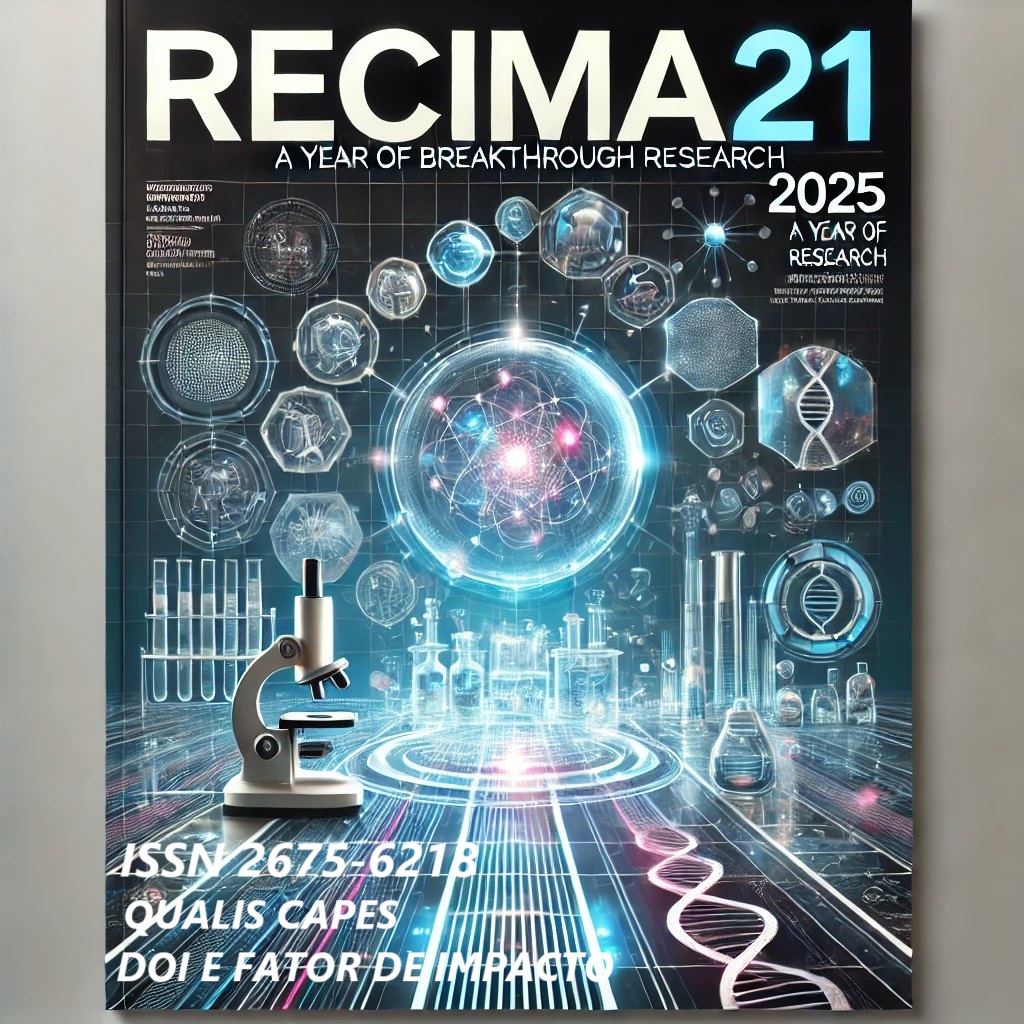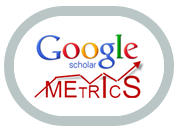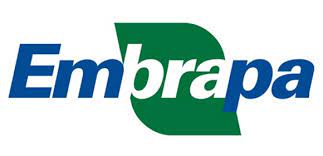COMPUTATIONAL INTELLIGENCE TECHNIQUES FOR DATA ANALYSIS AND PROCESSING: APPLICATION OF MACHINE LEARNING MODELS IN THE DIAGNOSIS OF GERIATRIC DISEASES
DOI:
https://doi.org/10.47820/recima21.v6i11.6913Keywords:
Stroke, Triage, Machine LearningAbstract
Stroke is one of the leading causes of death and disability worldwide, requiring rapid diagnosis to minimize sequelae and improve patient prognosis. Therefore, some Machine Learning techniques have shown promising as tools to support pre-hospital triage. This work presents the implementation and evaluation of four classification models: K-Nearest Neighbors, Random Forest, eXtreme Gradient Boosting and Support Vector Machine. These models were applied to the Kaggle "Stroke Prediction" dataset, which was subjected to preprocessing, class balancing, and hyperparameter. Furthermore, the SelectKBest technique was applied to identify the most relevant variables, targeting future applications in embedded systems. The results indicated good performance across all models, with Random Forest standing out, achieving 98.9% accuracy with 12 variables and maintaining 96.9% accuracy when reduced to just four key variables (age, hypertension, heart disease, and average blood glucose). The experiments demonstrate that models can effectively support early stroke detection, enabling their integration into mobile applications or low-cost devices for rapid and reliable screening.
Downloads
References
ADDAN, D. Support Vector Machine. [S. l.]: Unibrasil, 2019. Presentation slides (34 pages).
AGÊNCIA NACIONAL DE VIGILÂNCIA SANITÁRIA (ANVISA). Resolução de Diretoria Colegiada – RDC n.º 657, de 24 de março de 2022. Dispõe sobre software como dispositivo médico (SaMD). 2022. Disponível em: https://in.gov.br/en/web/dou/-/resolucao-de-diretoria-colegiada-rdc-n-657-de-24-de-marco-de-2022-389603457.
ALOBAIDA, M.; JODDRELL, M.; ZHENG, Y.; LIP, G. Y. H.; ROWE, F. J.; EL-BOURI, W. K.; HILL, A.; LANE, D. A.; HARRISON, S. L. Systematic review and meta-analysis of prehospital machine learning scores as screening tools for early detection of large vessel occlusion in patients with suspected stroke. J Am Heart Assoc., v. 13, n. 12, p. e033298, jun. 2024. DOI: https://doi.org/10.1161/JAHA.123.033298
BRASIL. Lei n.º 13.709, de 14 de agosto de 2018. Lei Geral de Proteção de Dados Pessoais (LGPD). Brasília: Casa Civil, 2018. Disponível em: https://www.planalto.gov.br/ccivil_03/_ato2015-2018/2018/lei/l13709.htm#art65.
CHEN, Z.; ZHANG, R.; XU, F.; GONG, X.; SHI, F.; ZHANG, M.; LOU, M. Novel prehospital prediction model of large vessel occlusion using artificial neural network. Frontiers in Aging Neuroscience, v. 10, p. 181, jun. 2018. Erratum in: Front Aging Neurosci., v. 10, p. 222, 17 jul. 2018. doi:10.3389/fnagi.2018.00222. DOI: https://doi.org/10.3389/fnagi.2018.00181
HAYASHI, Y.; SHIMADA, T.; HATTORI, N.; SHIMAZUI, T.; YOSHIDA, Y.; MIURA, R. E.; YAMAO, Y.; ABE, R.; KOBAYASHI, E.; IWADATE, Y.; NAKADA, T. A. A prehospital diagnostic algorithm for strokes using machine learning: a prospective observational study. Scientific Reports, v. 11, n. 1, p. 20519, out. 2021. DOI: https://doi.org/10.1038/s41598-021-99828-2
JIANG, F.; JIANG, Y.; ZHI, H.; DONG, Y.; LI, H.; MA, S.; WANG, Y.; DONG, Q.; SHEN, H.; WANG, Y. Artificial intelligence in healthcare: past, present and future. Stroke and Vascular Neurology, v. 2, p. e000101, 2017. Publicado online em 22 jun. 2017. DOI: https://doi.org/10.1136/svn-2017-000101
KUANG, Q.; ZHAO, L. A practical gpu based knn algorithm. In: HUANGSHAN, P. R. China. p. 151–155, Dec. 26–28 2009. AP-PROC-CS-09CN005. Supported by National Natural Science Foundation of China (No. 60873047) and Natural Science Foundation of Jiangsu Province (No. BK2008154).
LOBO, L. C. Inteligência artificial e medicina. Revista Brasileira de Educação Médica, v. 41, n. 2, p. 185–193, 2017. Texto em português. Disponível em: https://doi.org/10.1590/1981-52712015v41n2esp. DOI: https://doi.org/10.1590/1981-52712015v41n2esp
MACHADO, A. L. A.; JUNIOR, L. G. de Q. S.; NUNES, M. A. XGBoost na Previsão da Geração de Energia Elétrica em Parques Eólicos. [S. l.: s. n.], 2021. p. 1–6. Documento em português. Extraído do PDF fornecido. DOI: https://doi.org/10.17648/cbqee-2021-130586
MIRANDA, F. J.; RIBEIRO, R. M. (Ed.). Manual de metodologia da pesquisa científica: diretrizes e métodos. Sobral, CE: Faculdade Luciano Feijão, 2024. Disponível em: https://fucianofeijao.com.br/ff/wp-content/uploads/2024/02/MANUAL-DE-METODOLOGIA-DA-PESQUISA_ADMINISTRACAO.pdf.
MIRANDA, M. Acidente Vascular Cerebral. [S. l.: s. n.], 2025. Disponível em: https://avc.org.br/pacientes/acidente-vascular-cerebral/.
SILVA, R.; NETO, D. R. S. Inteligência artificial e previsão de óbito por covid-19 no brasil: uma análise comparativa entre os algoritmos logistic regression, decision tree e random forest. Saúde em Debate, v. 46, n. Especial 8, p. 118–129, dec. 2022. DOI: https://doi.org/10.1590/0103-11042022e809
TARKANYI, G.; TENYI, A.; HOLLOS, R.; KALMAR, P. J.; SZAPARY, L. Optimization of large vessel occlusion detection in acute ischemic stroke using machine learning methods. Life (Basel), v. 12, n. 2, p. 230, fev. 2022. DOI: https://doi.org/10.3390/life12020230
UCHIDA, K.; KOUNO, J.; YOSHIMURA, S.; KINJO, N.; SAKAKIBARA, F.; ARAKI, H.; MORIMOTO, T. Development of machine learning models to predict probabilities and types of stroke at prehospital stage: the japan urgent stroke triage score using machine learning (just-ml). Translational Stroke Research, v. 13, n. 3, p. 370–381, jun. 2022. DOI: https://doi.org/10.1007/s12975-021-00937-x
Downloads
Published
License
Copyright (c) 2025 RECIMA21 - Revista Científica Multidisciplinar - ISSN 2675-6218

This work is licensed under a Creative Commons Attribution 4.0 International License.
Os direitos autorais dos artigos/resenhas/TCCs publicados pertecem à revista RECIMA21, e seguem o padrão Creative Commons (CC BY 4.0), permitindo a cópia ou reprodução, desde que cite a fonte e respeite os direitos dos autores e contenham menção aos mesmos nos créditos. Toda e qualquer obra publicada na revista, seu conteúdo é de responsabilidade dos autores, cabendo a RECIMA21 apenas ser o veículo de divulgação, seguindo os padrões nacionais e internacionais de publicação.













